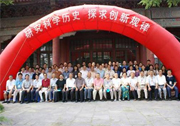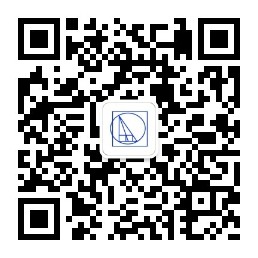| 中文题目: | “量天尺”与牵星板:古代中国与阿拉伯航海中的天文导航工具对比 | ||||||
| 英文题目: | Celestial Ruler and Kamal: A Note on the Navigation Instruments of Ancient China and the Arabs | ||||||
| 作 者: | 陈晓珊 | ||||||
| 刊物名称: | 自然科学史研究 | ||||||
| 发表年度: | 2018 | ||||||
| 卷: | 37 | ||||||
| 期: | 2 | ||||||
| 页码: | 139-155 | ||||||
| 中文摘要: | 直尺和牵星板分别是古代中国与阿拉伯航海活动中,利用观测方位星高度的方式,实现等纬度航行的典型工具。长期以来,关于这两种工具的使用方式、计量单位和技术来源,存在多种不同观点。文章辨析了其中一些具体问题,认为1974 年泉州南宋海船上出土的被称为“量天尺”的竹尺并非专用导航工具,也没有证据表明中国古代航海中存在原创的专用天文导航工具和独立的计量单位。关于直尺和牵星板作为导航工具的使用方式,文章认为它们的主要功能是记录星辰高度而非计算地理纬度。这两种工具的技术原理分别体现了古代中国和阿拉伯的不同科技传统,也体现了区域差异对实用技术的影响。 | ||||||
| 英文摘要: | In pre-modern times, there were some nautical instruments used by medieval maritime navigators. Chinese used rulers, while Arabs used the kamal. Sailors used these instruments to determine the altitude of circumpolar stars, following which they could sail along the same latitude. This article analyzes and discusses several important problems about these instruments, and demonstrates that the bamboo ruler from the Southern Song Dynasty ship unearthed in Quanzhou in 1974 was not a special navigation tool, and that there is no evidence to show that there were special local celestial navigation tools and measurement units in ancient Chinese navigation. Regarding the purpose of rulers and the kamal as navigation tools, this paper considers their main function to be to record the height of stars rather than to calculate geographical latitude. The different technical principles of rulers and the kamal shows the difference of the scientific and technological traditions between mediaeval China and the Arab world, and reflects the influence of regional differences on practical technology. | ||||||





